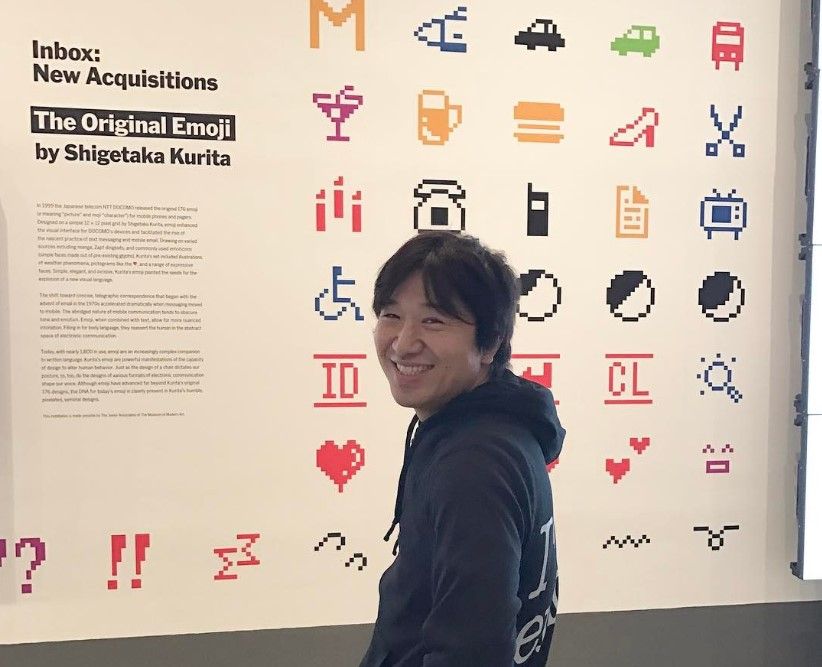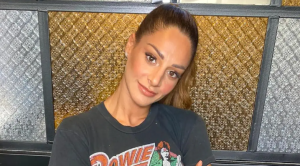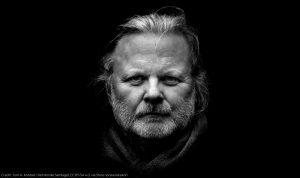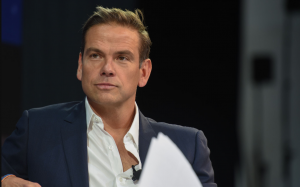Shigetaka Kurita, born May 9, 1972, in Gifu Prefecture in Japan, is an interface designer who’s often credited with being the father of modern-day emojis. However, this has been clarified in recent years that Kurita was part of the team that created emojis for NTT DoCoMo. The heart-shaped pictogram made for communication, and aimed at teenagers, became the heart emoji.
Kurita then designed a library of 176 emojis, and the set is now at the Metropolitan Museum of Art in Manhattan. Many of Unicode’s basic emojis can be traced back to Kurita, who is currently at Dwango Co, a Japanese gaming company.
At the time he helped make the emojis, Kurita was 25 and had to work within a 144-pixel limitation. “I didn’t like it, because the number of spaces in the grid was not an odd number, and not being able to find a centre made developing the emoji extremely laborious”, the designer had told CNN.
Also Read | UK Heatwave: All government measures in place to reduce impact
Emoji comes from the Japanese 絵 (“e,” picture), 文 (“mo,” write) and 字 (“ji,” character). Japanese characters or ‘kanji’, are largely based on Chinese ideograms. Thus the language’s writing system is extremely pictoral.
“Both emoji and kanji are ideograms, but I did not find inspiration for designing emoji in the kanji”, Kurita said in the email interview with CNN, adding, “In creating emoji, I found inspiration in pictograms, manga, and all sorts of other sources.”
Also Read | IndiGo Sharjah-Hyderabad flight diverted to Karachi after pilot reports technical defect
Emojis caught on in Japan for some time, but only after Unicode standardized usage in 2010 that they really blew up. The world got onto the emoji trend by 2012, and Kurita said about this, “In Japan, they were a big hit right away, but the use of emoji overseas really took off starting from 2012, and I was surprised by that gap of time”.
Currently, there are about 3,633 emojis, and they all come from Kurita’s original designs from within a grid of 12 by 12 pixels.







